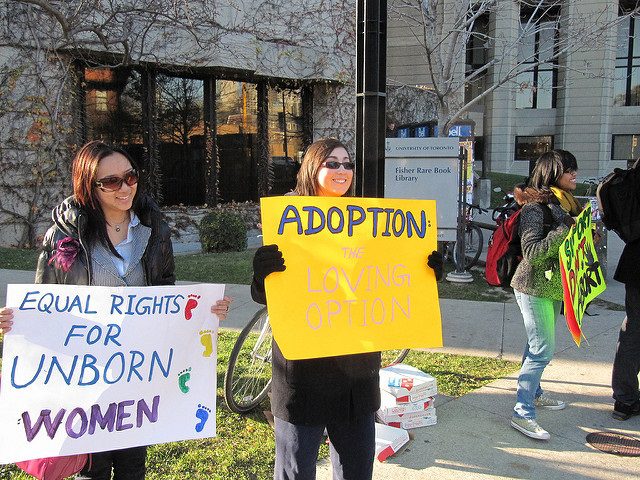

RIGHT WING PRO LIFE GROUPS TV
Partisan differences widened in the following years, however, as the issue became a staple of TV attack ads fundraising appeals and mass rallies by interest groups.īy the turn of the century, only 31% of Republicans supported on-demand abortion, while Democratic support remained steady at 45%, according to the General Social Survey. As late as 1991, 45% of Democrats and 41% of Republicans said they supported abortion for any reason, according to the General Social Survey. Voters were slower to sort themselves out. Groups that opposed abortion have given $14 million to Republicans and only $372,000 to Democrats over that time period. Since 1989, abortion-rights groups have donated $32 million to Democrats and $3 million to Republican candidates who support keeping abortion legal, according to OpenSecrets, which tracks money in politics. In 1992 he was defeated by Democrat Bill Clinton, an abortion rights supporter who had earlier opposed abortion.

Bush, an abortion opponent who had earlier supported abortion rights, won the presidency in 1988. In the years that followed, the dividing lines became more apparent as political candidates found it increasingly necessary to align with activists who were becoming more influential within their parties. In a 1983 Senate vote, 34 Republicans and 15 Democrats voted for a proposed constitutional amendment that would have overturned the Roe decision, while 19 Republicans and 31 Democrats voted against it.īiden was among those voting no, even though he had backed the legislation in committee the previous year. At the same time, women's rights activists gained more influence within the Democratic Party and pushed leaders to support abortion rights.īut support for Roe still did not line up along party lines. Republican Ronald Reagan's presidential victory that same year gave abortion opponents a powerful ally in the White House. In 1980, the Southern Baptist Convention passed a resolution opposing abortion, reversing its earlier position.

"For many evangelicals, this was more about family and women and sex," she said. For pastors and parishioners, abortion became a proxy issue for concerns about a liberalizing society, said Mary Ziegler, a legal historian at University of California-Davis. These groups portrayed abortion as a threat to the family structure, along with broader social developments like gay rights, rising divorce rates, and women working outside of the home.
RIGHT WING PRO LIFE GROUPS SERIES
In the years that followed, conservative activists like Phyllis Schlafly seized on the issue as a threat to traditional values and enlisted evangelical churches, which had shown a new interest in politics following a series of court rulings that limited prayer in public settings.

The General Social Survey opinion poll found in 1977 that 39% of Republicans said abortion should be allowed for any reason, compared to 35% of Democrats. Voters also did not see the issue along partisan lines. Republicans like first lady Betty Ford said the Roe decision was "a great, great decision," while some Democrats, like a newly elected senator named Joe Biden, said the court's ruling went "too far."


 0 kommentar(er)
0 kommentar(er)
